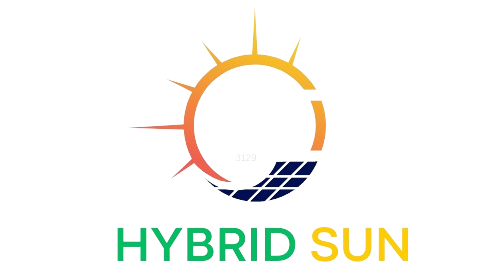Solar Pump
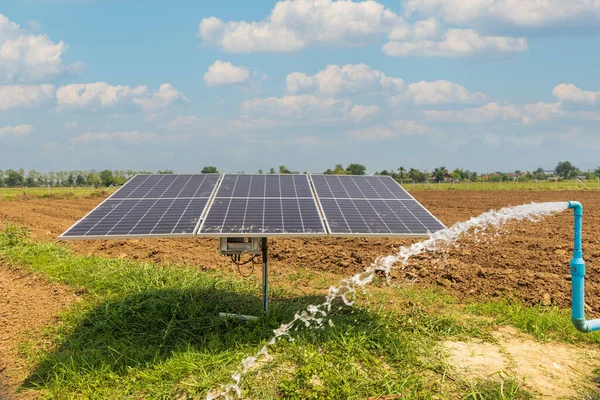
Key Components of a Solar Pump:
Solar Panels: These are the primary components that capture sunlight and convert it into electricity through the photovoltaic (PV) effect. Solar panels are typically mounted on a structure, often adjustable to maximize sun exposure throughout the day.
Inverter: The solar pump system includes an inverter, which converts the direct current (DC) generated by the solar panels into alternating current (AC) that is used to power the pump.
Pump: There are various types of pumps used in solar pump systems, including submersible pumps, surface pumps, and centrifugal pumps. The selection depends on the specific requirements of the application.
Controller: A controller is essential for regulating the operation of the solar pump system. It manages the power supply to the pump and ensures optimal performance by monitoring factors such as sunlight intensity and battery levels (if applicable).
Storage System (Optional): Some solar pump systems may include a battery storage system to store excess energy generated during sunny periods. This stored energy can be used during periods of low sunlight or during the night, providing a continuous water supply.
Advantages of Solar Pumps:
Renewable Energy Source: Solar pumps rely on sunlight, a renewable and abundant energy source, making them environmentally friendly and sustainable.
Cost Savings: Once installed, solar pumps have minimal operating costs since sunlight is free. This can lead to significant savings compared to traditional pump systems that rely on electricity or fuel.
Low Maintenance: Solar pumps generally have fewer moving parts and require less maintenance than conventional pumps. This contributes to increased reliability and a longer operational lifespan.
Remote Operation: Solar pumps are well-suited for remote and off-grid locations where access to electricity may be limited or unavailable. They can operate independently of traditional power infrastructure.
Reduced Environmental Impact: Solar pumps produce clean energy without emitting greenhouse gases or pollutants, contributing to a reduction in carbon footprint and environmental impact.
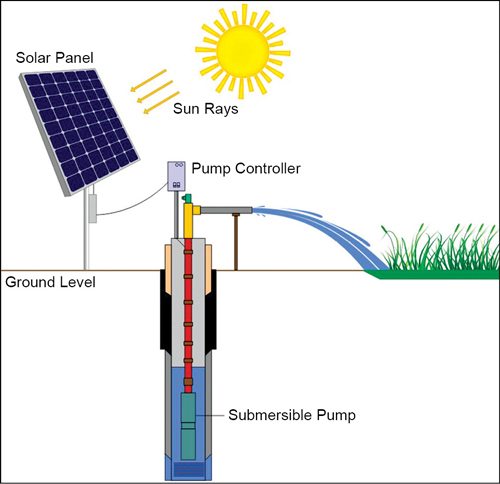
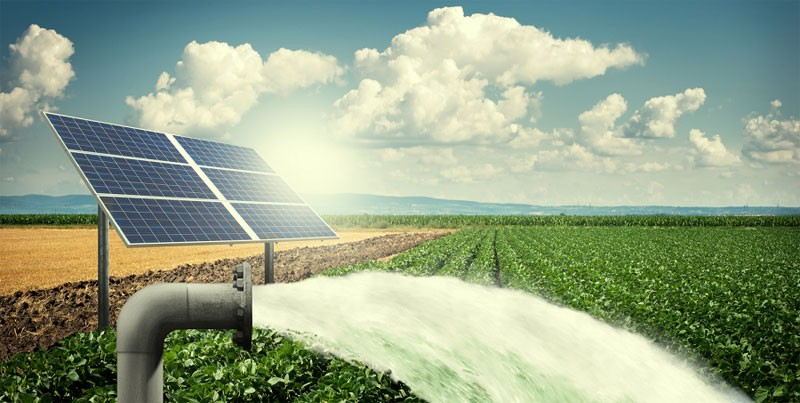
Applications of Solar Pumps:
Agriculture and Irrigation: Solar pumps are widely used for agricultural irrigation, providing a sustainable and energy-efficient solution for watering crops.
Livestock Watering: Solar pumps are employed to supply water to livestock in remote areas, ensuring a reliable water source for animals.
Domestic Water Supply: In off-grid or remote areas, solar pumps can be used to provide clean and reliable water for domestic use.
Fountain and Pond Aeration: Solar pumps are used in decorative fountains and pond aeration systems, adding beauty while promoting water circulation and oxygenation.
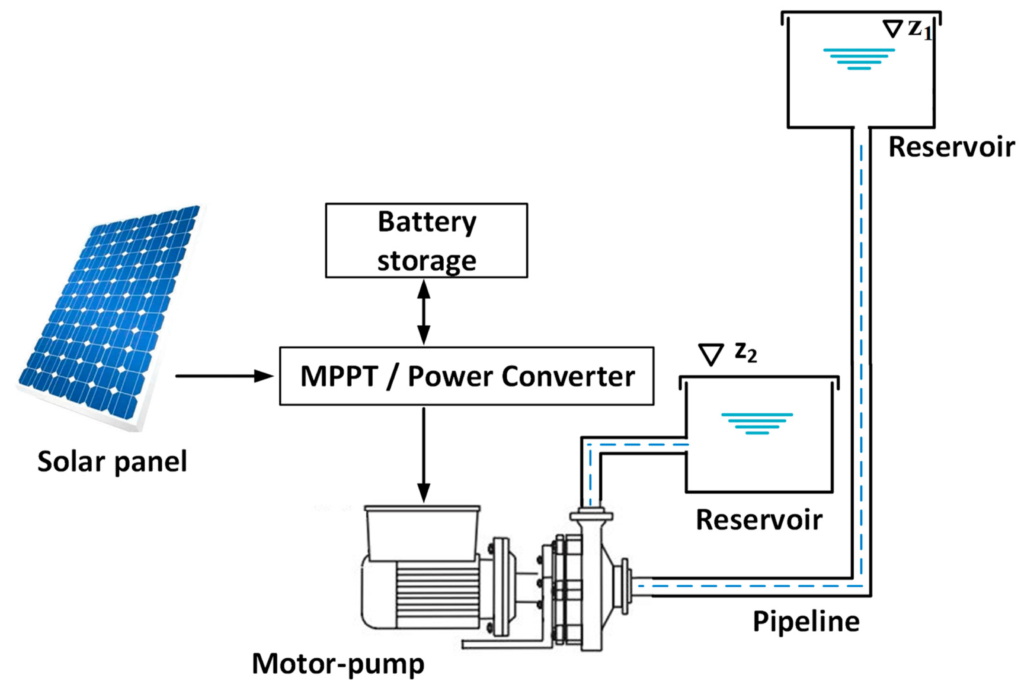
Advantages of Solar Pumps:
Renewable and Sustainable: Solar pumps harness energy from the sun, which is a renewable and virtually inexhaustible source. This makes them a sustainable and environmentally friendly solution, reducing dependence on finite fossil fuels.
Energy Cost Savings: Once installed, solar pumps have minimal operating costs since sunlight is free. This can lead to significant cost savings compared to traditional pump systems that rely on electricity from the grid or fuel.
Low Operating Costs: Solar pumps generally have fewer moving parts and require less maintenance than conventional pumps. This results in lower operating costs and increased reliability over the long term.
Remote Operation: Solar pumps are well-suited for remote or off-grid locations where access to electricity is challenging. They can operate independently, providing a reliable water supply in areas without conventional power infrastructure.
Reduced Environmental Impact: Solar pumps produce clean energy without emitting pollutants or greenhouse gases during operation. This helps reduce the overall environmental impact and contributes to mitigating climate change.
Long Lifespan: Solar pump systems typically have a long operational lifespan with proper maintenance. This longevity contributes to a more sustainable and durable water pumping solution.
Flexible Installation: Solar pumps can be installed in various locations, and their modular nature allows for scalability. This flexibility makes them suitable for a wide range of applications, from small-scale domestic use to large-scale agricultural irrigation.
Water Conservation: Solar pumps can be designed to operate efficiently, providing precise control over water usage. This can contribute to water conservation by optimizing irrigation practices and minimizing water wastage.
Independence from Grid Fluctuations: Solar pumps operate independently of the electrical grid, reducing vulnerability to power outages or fluctuations. This independence ensures a consistent water supply, especially in areas with unreliable grid electricity.
Improved Agricultural Practices: In agriculture, solar pumps enable farmers to adopt more efficient and precise irrigation methods, leading to improved crop yields and water-use efficiency.
Reduced Transmission Losses: Solar pumps situated close to the point of use reduce the need for extensive power transmission infrastructure, minimizing energy losses associated with long-distance electricity transmission.
